What are independent comics?
Delving into the world of comics, you’ll find a unique and captivating subset known as independent comics. Unlike their mainstream counterparts, these gems are created by individuals or small teams, usually without the backing of large publishers. This allows for remarkable creative freedom, leading to diverse and innovative stories that often push boundaries.
Importance of Collaboration in the indie comics scene
Collaborations play a vital role in the indie comics scene. With creators joining forces, they can pool their talents, resources, and fan bases to create something even greater than the sum of its parts. This synergy can lead to new opportunities, increased visibility, and improved quality of work.
Potential benefits of collaboration
Collaborations offer numerous benefits for comic creators, from artistic inspiration to shared responsibilities. Not only do they allow for a dynamic exchange of ideas, but they also provide invaluable support in areas like marketing, promotion, and distribution. In essence, collaborations can be a game-changer for indie comic creators looking to make their mark in the industry.
The Growing Popularity of Independent Comics

Mainstream comic industry vs. indie comics
While mainstream comics from juggernauts like Marvel and DC continue to dominate the market, indie comics have steadily gained traction over the years. Fans seeking fresh narratives and unique art styles are increasingly turning to indie comics for their fix. What indie comics may lack in blockbuster budgets, they more than makeup for in passion and originality.
The rise of webcomics and online platforms
The digital age has played a significant role in the ascent of indie comics. With the advent of webcomics and online platforms like Webtoon and Tapas, independent creators have found new avenues to showcase their work, bypassing traditional print publishing. This accessibility has boosted the reach of indie comics and fostered a thriving online community of creators and fans.
Diversity and Representation in indie comics
Independent comics have long been a bastion for diversity and Representation. By embracing a broader spectrum of themes, genres, and voices, indie creators have attracted a wider audience and fostered inclusivity. From Lumberjanes by Noelle Stevenson, Grace Ellis, Shannon Watters, and Brooke Allen to Monstress by Marjorie Liu and Sana Takeda, these works often tackle complex issues and give voice to marginalized communities in ways that mainstream comics may not.
Forms of Collaboration in Independent Comics
Writer-artist partnerships
In the realm of indie comics, writer-artist partnerships are a popular and effective form of collaboration. By combining the strengths of a talented writer and a skilled artist, these duos can bring their shared visions to life seamlessly and visually strikingly.
Anthology projects
Anthology projects gather diverse creators to contribute to a single, cohesive collection, often based on a central theme. These collaborations allow for a wide range of artistic styles and storytelling techniques and help expose readers to new creators and ideas.
Collaborative webcomics
In the world of webcomics, creators sometimes band together to form collectives or communities that support and promote each other’s work. This approach fosters collaboration, cross-promotion, and mutual growth, benefitting creators and readers.
Crossover events between indie comic series
Crossover events, where characters or storylines from different series intersect, can be a thrilling way for indie creators to collaborate. By combining their unique worlds, creators can entice readers to explore new titles and expand their horizons.
Notable Examples of Successful Independent Comics Collaborations
Writer-artist teams
1. Matt Fraction and David Aja – Hawkeye
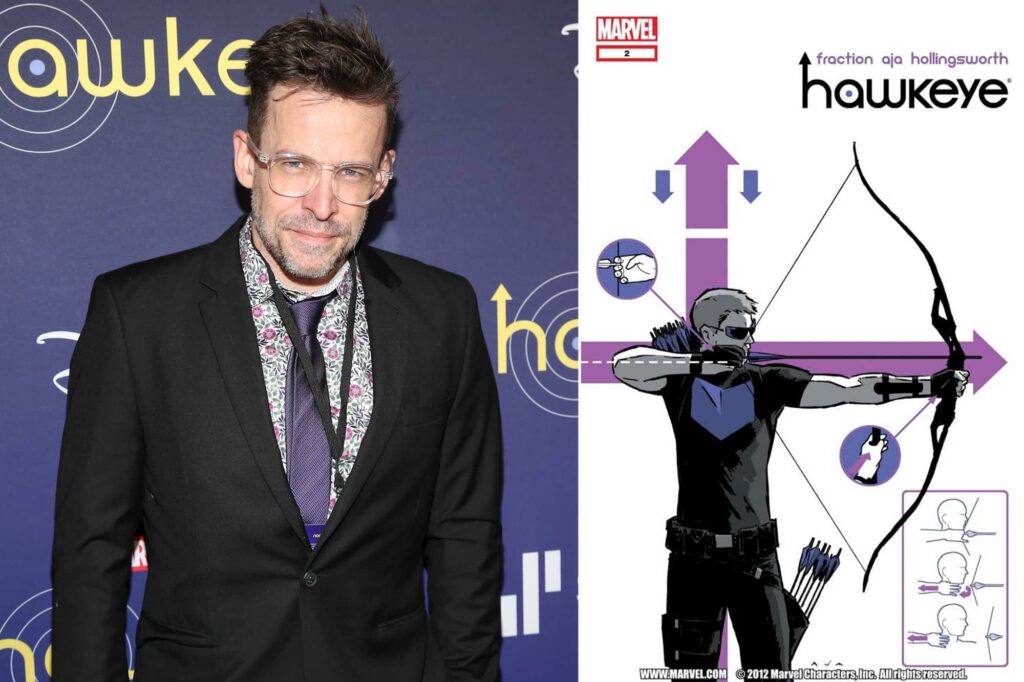
The partnership between writer Matt Fraction and artist David Aja on Marvel’s Hawkeye resulted in a critically acclaimed series that redefined the character. Their collaboration showcased the power of a strong writer-artist team, pushing the boundaries of traditional comic storytelling.
2. Kelly Sue DeConnick and Valentine De Landro – Bitch Planet

Bitch Planet, created by Kelly Sue DeConnick and Valentine De Landro, is a prime example of the impact a writer-artist collaboration can have. The series’ unique blend of social commentary, satire, and sci-fi action is a testament to the power of combining diverse talents.
Anthology projects
1. The Nib – Political satire and journalism

The Nib is an online anthology that features political satire and journalism in comic form. With contributions from a wide range of talented creators, The Nib demonstrates how collaborations can be an effective medium for social and political commentary.
2. Smut Peddler – Erotica anthology series
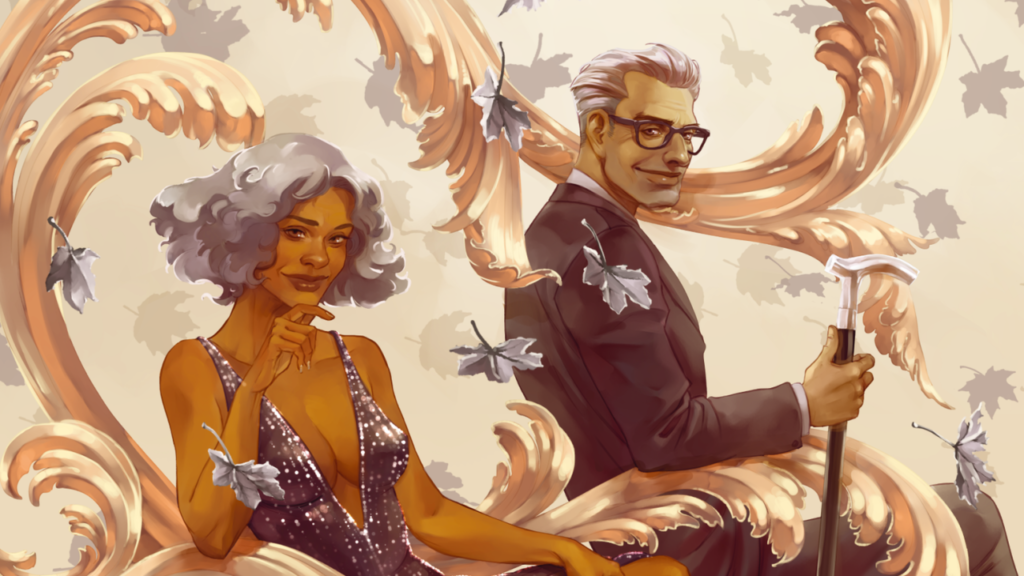
Smut Peddler, an erotica anthology series by Iron Circus Comics, showcases the work of various artists and writers, pushing the boundaries of erotic storytelling. The series highlights the potential for collaboration in exploring diverse perspectives on sexuality and relationships.
Collaborative webcomics
1. Hiveworks Comics – Webcomics collective
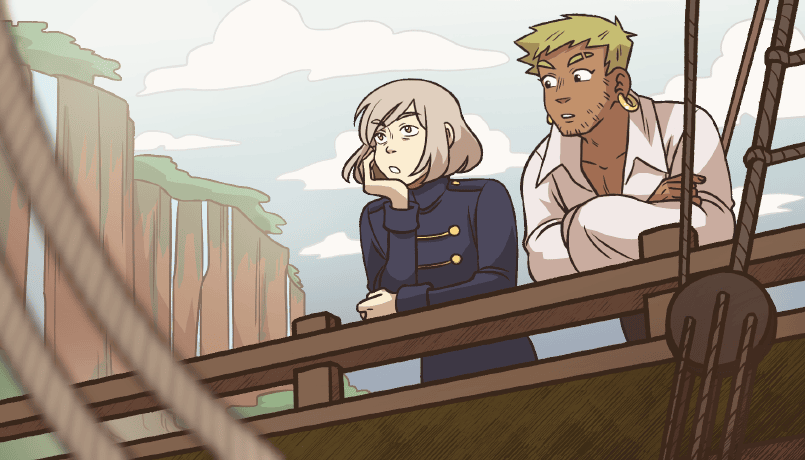
Hiveworks Comics is a creator-owned webcomic collective that supports and promotes independent artists. This collaborative approach has allowed Hiveworks to nurture a wide range of talent and provide a platform for unique and diverse webcomics.
2. SpiderForest Webcomic Collective – Creator-driven community
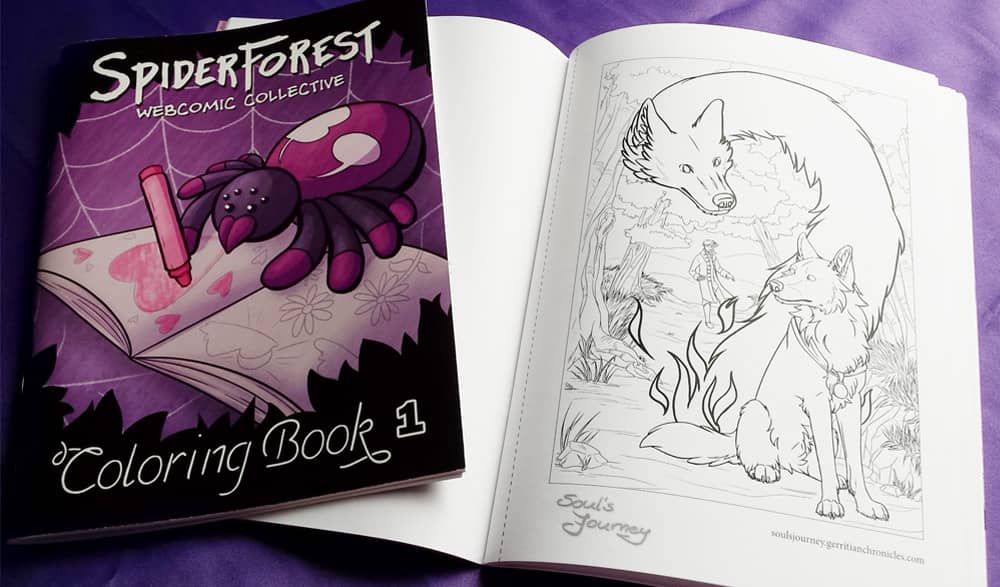
SpiderForest is another example of a creator-driven webcomic collective that fosters collaboration and community among independent artists. By providing resources, support, and cross-promotion opportunities, SpiderForest has helped numerous creators grow their audiences and thrive in the competitive world of webcomics.
Crossover events
1. Hellboy and the B.P.R.D. – Mike Mignola’s universe
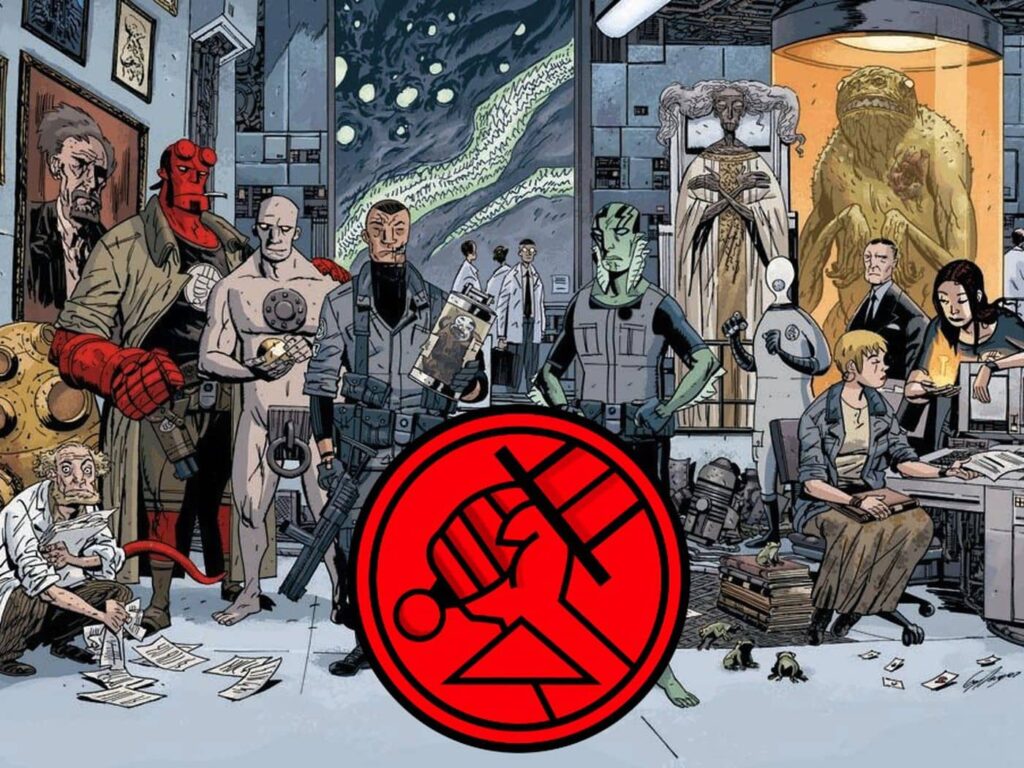
Mike Mignola‘s Hellboy universe, encompassing Hellboy and the B.P.R.D. series, has featured numerous crossover events and collaborations with other indie creators. These events have expanded the mythos of Mignola’s world, offering fans more intricate and engaging stories to delve into.
2. Black Hammer – Jeff Lemire’s interconnected superhero world
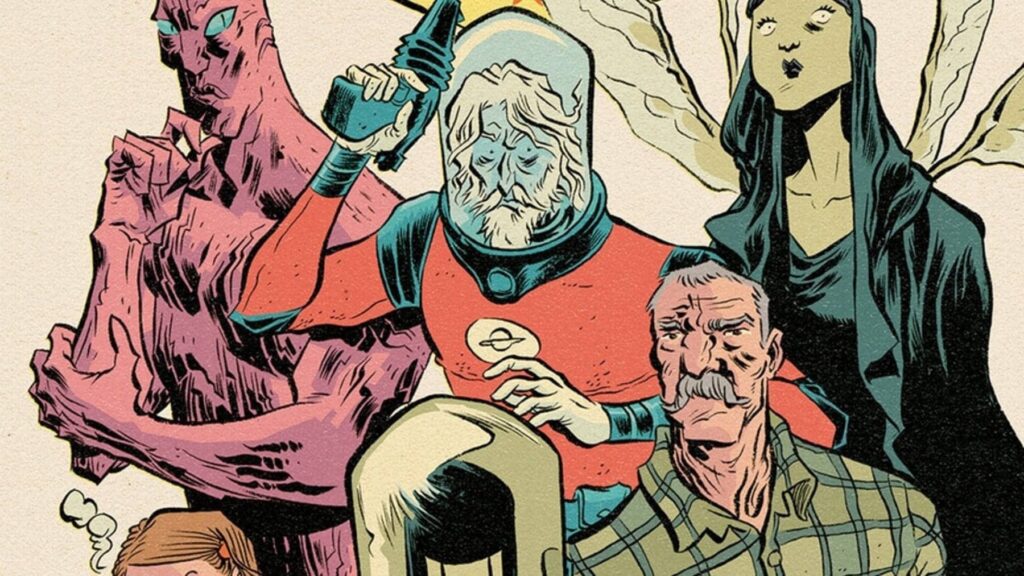
Jeff Lemire‘s Black Hammer series has become a sprawling, interconnected superhero universe, thanks in part to collaborations with other creators. By inviting fellow artists and writers to contribute to world-building, Lemire has enriched the series and made it an exciting sandbox for creative exploration.
The Process of Collaborating in Indie Comics
Finding the right partner(s)
Successful collaboration begins with finding the right partner(s). Networking at conventions, engaging with online creator communities, and browsing through social media platforms like Twitter and Instagram can help connect creators with potential collaborators who share similar interests and artistic sensibilities.
Establishing clear roles and responsibilities
Once the partnership is formed, it’s crucial to establish clear roles and responsibilities for each team member. This ensures a smooth workflow and helps avoid potential misunderstandings or conflicts down the line. Open and honest discussions about expectations and goals are essential for harmonious collaboration.
Effective communication strategies
Communication is the backbone of any successful collaboration. Establishing regular check-ins, using project management tools, and being open to constructive feedback can help keep the collaboration on track and ensure all parties remain on the same page.
Balancing creative input and maintaining a cohesive vision
Collaborations in indie comics require a delicate balance between allowing individual creative input and maintaining a cohesive vision. Establishing a mutual understanding of the project’s direction and respecting each other’s contributions are key to achieving this balance and creating a successful final product.
Legal and Financial Considerations in Collaboration
Intellectual property rights
Before embarking on a collaboration, discussing and agreeing upon intellectual property rights is essential. Decisions about copyright ownership, character usage, and future adaptations should be made upfront to prevent potential legal disputes later on.
Profit-sharing agreements
A clear profit-sharing agreement is vital for indie comic collaborations. This ensures that all parties involved are fairly compensated for their work and contributions to the project. Discussing and agreeing on percentages or flat fees before the collaboration begins is important.
Contracts and collaboration agreements
Contracts and collaboration agreements help solidify the terms and conditions of a partnership, providing a legal framework to protect all parties involved. These agreements should cover aspects like intellectual property rights, profit-sharing, and dispute-resolution mechanisms.
Crowdfunding and revenue streams
Many indie comic collaborations use crowdfunding platforms like Kickstarter or Indiegogo to finance their projects. These platforms allow creators to gauge interest in their work, secure funding and offer exclusive rewards to backers. Exploring other revenue streams, such as merchandise sales, digital distribution, and print-on-demand services, can help sustain a project and support future collaborations.
Conclusion
The Impact of Collaborations on the indie comics industry
Collaborations have profoundly impacted the indie comics industry, allowing creators to pool their talents and resources to bring innovative and diverse stories to life. As more artists and writers join forces, the indie comics scene continues to grow, pushing boundaries and challenging the status quo.
Future Prospects for indie comics collaborations
As the popularity of indie comics continues to rise, the potential for new and exciting collaborations also grows. The evolution of digital platforms, social media, and crowdfunding has made it easier than ever for creators to connect and collaborate, leading to a bright future for the indie comics industry.
Encouragement for creators to explore collaboration opportunities
Collaboration presents a wealth of opportunities for creators looking to make their mark in the world of indie comics. By joining forces with like-minded artists and writers, creators can overcome challenges, learn from one another, and ultimately create captivating stories that resonate with readers. The indie comics scene is a vibrant and supportive community, and there has never been a better time to dive in and explore collaboration possibilities.











